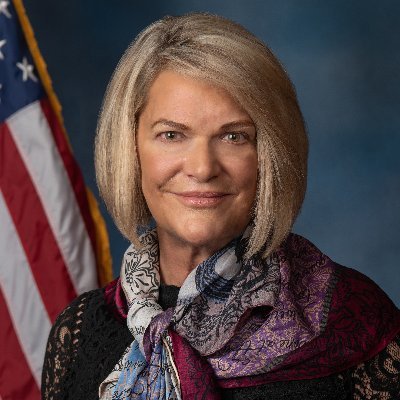Coinspeaker
Dow Jones Tanks 400 Points amid Interest Rate Spike, Turns Negative for 2023
On Tuesday, October 3, the US equity market came under major selling pressure as the US 10-year Treasury Yield surged to the levels last seen 16 years ago in 2007. The surge in interest rates has raised concerns about freezing the housing market and pushing the economy into recession.
The Dow Jones Industrial Average experienced its most significant decline since March, dropping by 430.97 points or 1.29% to close at 33,002.38. The S&P 500 also saw a notable slide of 1.37%, reaching its lowest point since June before closing at 4,229.45, while the tech-oriented Nasdaq Composite declined by 1.87% to conclude the day at 13,059.47.
Growth stocks, in particular, faced substantial losses due to rising interest rates. Consequently, the Dow entered negative territory for the year with a 0.4% decline, while the S&P 500 remains up by 10% for 2023. Concurrently, the 10-year Treasury yield reached 4.8%, its highest level in 16 years, driven by the Federal Reserve’s commitment to maintaining higher interest rates for an extended period. The 30-year Treasury yield also hit 4.925%, marking its highest point since 2007, while the average rate for a 30-year fixed mortgage approached 8%.
Chris Zaccarelli, chief investment officer at Independent Advisor Alliance does this this market correction as a sign of caution. He said that seasoned weakness during the months of September and October is “pretty normal”. However, he also added that the weakness in the market could continue amid concerns of higher interest rates.
“The threat to equities is more along the interest rate side. We really need to get through this bond sell-off, and find some type of equilibrium in the bond market, before we think stocks will be able to find a bottom,” he said.
Rising Bond Yields: A Red Flag to Equities
The surge in bond yields presents a significant challenge for the equity market, as highlighted by Alex McGrath, Chief Investment Officer at NorthEnd Private Wealth. Throughout the day, stocks moved inversely to the rising bond yields, declining in response to each spike in rates.
The catalyst for the latest increase in rates was the release of the August job openings survey, which indicated a tight labor market with 9.6 million open positions during the month, surpassing the expected 8.8 million jobs predicted by economists surveyed by Dow Jones.
A robust labor market has given the Federal Reserve confidence to implement tighter monetary policies without concerns of overstepping. As the session progressed, fear permeated trading floors, causing the Cboe Volatility Index to surge to its highest level since May, indicating investor apprehension of increased market turbulence.
Notably, stocks that stand to lose the most from rising rates and the possibility of a recession experienced the most significant declines. The SPDR S&P Homebuilders ETF (XHB) tumbled by over 2%, with Home Depot and Lowe’s among the casualties. In the Dow, Goldman Sachs and American Express suffered the most significant losses. Additionally, leading tech giants like Nvidia Corp (NASDAQ: NVDA) and Microsoft Corp (NASDAQ: MSFT) saw their stock prices fall as the enthusiasm for growth stocks, reliant on the promise of future earnings growth, waned due to higher interest rates.
Dow Jones Tanks 400 Points amid Interest Rate Spike, Turns Negative for 2023





